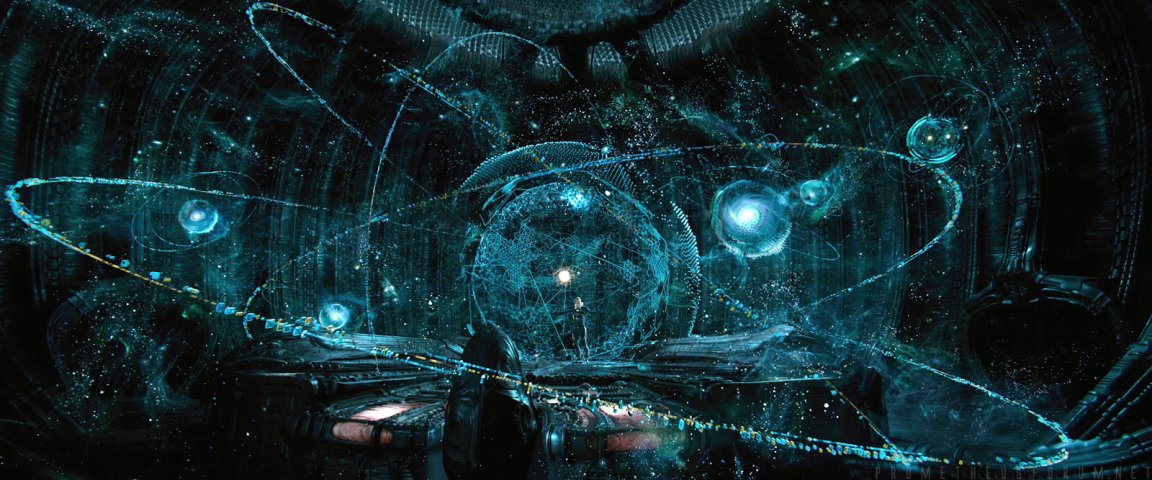
Earlier this week, a paper was published about a rather strange star, KIC 8462852. Several years ago, the Kepler Space Telescope showed us that this star has a curious light pattern. Based on our observations of the recurrent dimming that KIC 8462852 experiences, it seems like the star is surrounded by a plethora of matter. The problem with this is that the star is mature, and such patterns are typically only seen around young stars.
So, what is causing the strange light?
Tabetha Boyajian, a postdoc at Yale, recently published a paper which states that the blame should probably be given to another star. Boyajian notes that another star could have passed through the KIC 8462852 system and, as it continued on its travels, it may have dragged a swarm of comets into the inner solar system. Provided that there were enough comets and other leftover debris in the vicinity, this could be responsible for the dimming pattern.
However, there was an alternative hypothesis.
Jason Wright, an astronomer from Penn State University, is planning on publishing a paper which asserts that the unusual star’s light pattern is consistent with a “swarm of megastructures.” In other words, maybe it’s aliens. The assertion is that, perhaps, the debris is from some kind of “stellar-light collectors” that were designed by an alien civilization in an attempt to catch energy from the star.
As we noted in this article, the structure is probably not aliens. Indeed, the chances of this dimming being caused by aliens is absurdly, absurdly small. If there is one thing that Carl Sagan taught us, it should be that “extraordinary claims require extraordinary evidence.” Or as Pierre-Simon Laplace famously put it: “The weight of evidence for an extraordinary claim must be proportioned to its strangeness.”
But What if it is Aliens? Could we get to Them?
Just to reiterate, we are pretty sure that it’s not aliens. There are other explanations that are far more likely. However, if it is aliens, would it even matter? Could we even hope to cross the vast amount of space that separates us in order to reach them?
Well, for starters, if you aren’t aware, a light-year is defined as the distance that light can travel in one year (kind of obvious, maybe). And this star is 1,480 light-years away.
Light travels just about 671 million miles per hour (about 1 billion km/h). This means that light travels 5.88 trillion miles a year (9.5 trillion km). As a result, KIC 8462852 is some 8,702,400,000,000,000 miles away (that’s 8.7 quadrillion miles).
How long would it take us to travel over 8 quadrillion miles?
If we took one of our fastest probes to the star system, New Horizons (which was traveling about 36,000 miles per hour [50,000 km/h] when it soared past Pluto earlier this year), it would take us well over 27.5 million years to reach our destination.
Do you plan on living to be 27.5 million years old? If not, then (alas) there is absolutely no chance that you could make it to this hypothetical alien civilization. Indeed, even if you plan on living to be 200 (a rather unlikely goal at the present time), you will still be 27,499,800 years shy of your mark.
But what if we hoped to just communicate with this civilization? Unfortunately, if we wanted the message to reach them within the next year, we would have had to send it back in 535 CE.
A message that we send today won’t get there until 3495. And if the aliens in that society responded immediately (highly unlikely, as they would need to translate the message first and then craft a response that we could interpret), we wouldn’t hear back until 4975 at the absolute earliest. By that time, humanity may not be around anymore – maybe we will be living on Mars or maybe we will have bombed ourselves back into the stone ages.
Along those lines, remember that we are seeing what the star looked like 1480 years ago. So even if it is an alien megastructure that we are seeing, it may have crumbled 10 centuries ago (and we still wouldn’t know about it for another 480 years).
A sad and somewhat sobering thought. But take cheer, as I previously noted, it’s probably definitely not aliens.